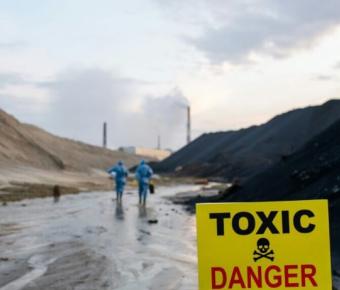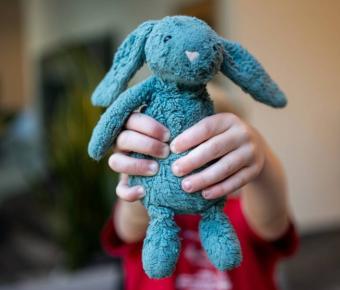Pregnant women exposed to a harmful clothing dye have a higher risk for gestational diabetes when they are carrying a male fetus, according to a new study. Gestational diabetes, which afflicts roughly 8% of pregnant women in the US each year, increases the odds of a baby being born too large and suffering from low blood sugar, obesity and diabetes.
It’s not uncommon nowadays to fill a glass of water from your tap and wonder what chemicals and contaminants may be lurking in there. That’s because research has increasingly revealed that heavy metals, radioactive substances, and harmful PFAS (“forever chemicals”) are present in our water systems.
The aisles seem to go on forever as you push your shopping trolley towards the cereal section. You arrive, only to be met with an anxiety-inducing dilemma: do you buy the granola with low sugar or the one that is fortified with protein and vitamins? Or maybe the one with those delicious little chocolate chunks?
Exposures to pesticides and other chemicals, ultra-processed foods and over-prescription of medications are among the factors contributing to an epidemic of chronic disease in America’s children, according to a government report issued Thursday by the Trump administration’s controversial “Make America Healthy Again” (MAHA) Commission.
President Trump and Robert F. Kennedy Jr., the health secretary, set forth their vision on Thursday for how to “make America healthy again” with the release of an expansive report on a crisis of chronic disease in children.
Recent headlines (including in this publication) have raised concerns about microplastics in our bodies and the harm they may be doing.
More than half of Black and Latina women may regularly use beauty products that contain a chemical heavily implicated in uterine cancer, a small study suggests. For the new survey, researchers asked 70 Black and Latina women in Los Angeles to log each use of all their personal-care products for one week and take pictures of the labels to document the ingredients.
I did not grow up removing shoes when entering the house. My husband and I started getting into the habit when we had kids, and I got more immersed in my research and how to lower exposures to toxic chemicals.
We found that microplastics were suspected to increase the risk of reproductive health effects, particularly for effects on sperm.
The news made for an alarming headline this week: Research showed that common chemicals in plastics were associated with 350,000 heart disease deaths across the world in 2018.
In a basement laboratory at the University of New Mexico, Marcus Garcia rummaged through a bin full of plastic waste. He picked past bottles, chunks of fishing net, a toothbrush, a cup with a Pokemon character and a G.I. Joe. “Yes!” he exclaimed, holding up a discarded pipette tip. “Found it.”
Robert Taylor fought for years for stronger limits on the toxic chemical released by a neoprene factory in his Louisiana parish. Last year, the Biden administration finally delivered some relief, publishing a rule to reduce hazardous air pollutants from petrochemical plants.
Plastics are negatively impacting our health in shocking ways, with the problem growing worse over time amid lax government regulations, a group of scientists and policy experts warned on Thursday.
While this administration says removing toxics from the environment and keeping children healthy is their goal, many of their actions are doing the opposite.
It’s not just the fleece sweater. It’s the fleece stuffed animals and lovies my kid sleeps with, cuddled up under his chin throughout the night. It’s also the blankets, hats and pants. I’m increasingly concerned about the ubiquity of fleece.















